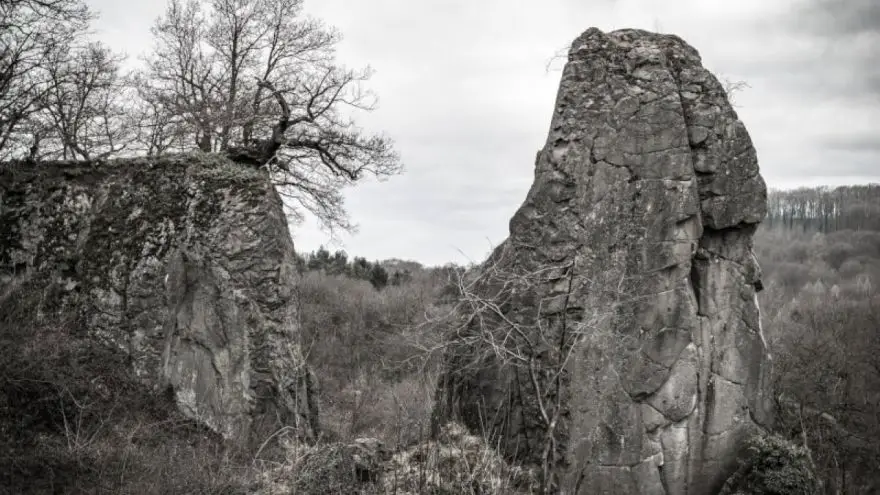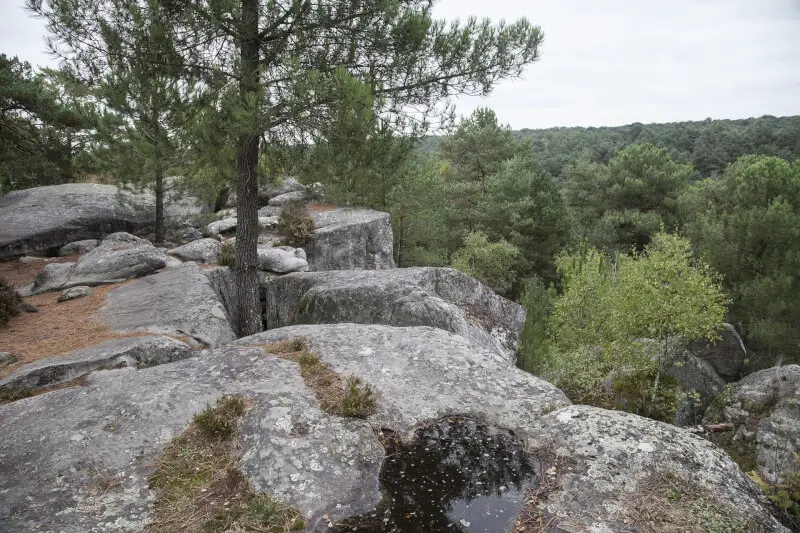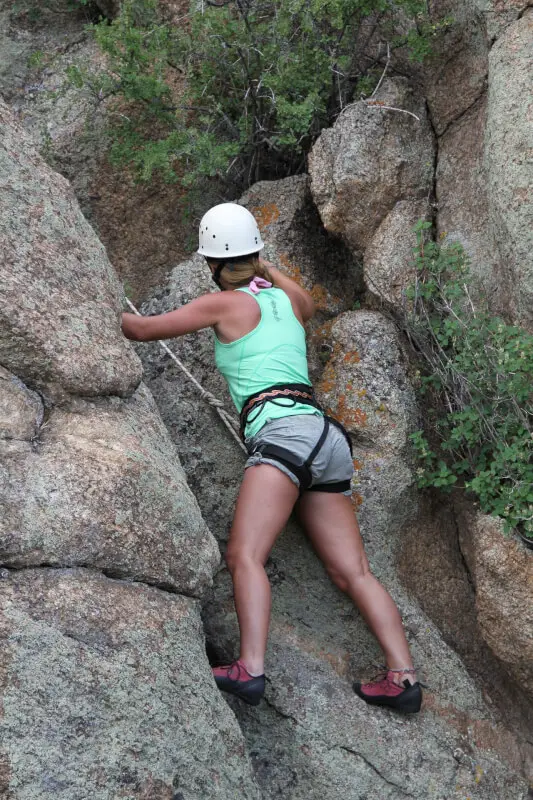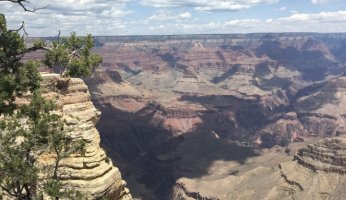The History of Bouldering
 The History of Bouldering
gearweare.net
The History of Bouldering
gearweare.net
Bouldering is a form of rock climbing where small boulders are ascended in short, but difficult sequences. The climbs, which are referred to as “problems”, are essentially like climbing the crux of longer, roped climb. However, this doesn’t mean that bouldering is easy. The climbs are short, but the strength and technique needed to complete even the easiest is equivalent to what is required to finish a moderate sport or trad climb. In the US, the system used to grade boulder problems is called the V-scale. The hardest climb ever done is a V17, a grade of difficulty for which there is no counterpart within any other type of climbing.
Alpine rock climbing was invented in Europe during the 19th century, after which climbers quickly began to experiment with bouldering as well. These first climbers used easily accessible boulder problems as places to train for longer, roped ascents on days when the weather was bad and during the offseason. The limited gear, approachable climbs, and necessity of only keeping cold figures on rock for a short amount of time, made bouldering a great way to stay in shape while waiting for the opportune time to complete an alpine project.
Modern bouldering began to take shape during the War period of the 1930’s and 1940’s. During the second half of the 20th century, progression continued, and by the year 2000 it was a full-blown form of climbing, with its own grading system and a healthy following of dedicated athletes. Much like sport climbing, the development of bouldering predominately occurred in France and the US.
Table of Contents
Fontainebleau
Now known as one of the premier bouldering destinations in the world, climbers have been visiting Fontainebleau since 1874. Only 30 miles from Paris, the boulders in Fontainebleau are nestled throughout a picturesque forest that gives it an almost magical feel. After over 100 years of rout development, there is something for everyone in this climbing area. Beginner and advanced climbers alike will be able to find something to test their strength on in Fontainebleau.

Similar to how bouldering was utilized throughout the rest of Europe, the first climbers to come to Fontainebleau climbed the boulders as a way to train for adventures in the mountains. This changed in the 1930’s when Pierre Allain and his crew (known as the “Bleausards”) began working on the climbs there in earnest. They were the first to assert the validity of bouldering as form of climbing, completing harder problems and developing new technique, including dynamic movement. It should be noted though, that Allain and his crew did not see bouldering as universally acceptable, but rather as an appropriate form of climbing in Fontainebleau.
The rise of bouldering in Fontainebleau caused a dramatic increase in the level of difficulty of the hardest boulder problems. In 1900, it is likely that the hardest boulder ever done was a V0 or V1. By 1950, the climbers at Fontainebleau had achieved V5.
John Gill
The first climber in the US to really push the growth of bouldering was John Gill. With a background in gymnastics, Gill began took his knowledge of that sport and applied it to scaling boulders during the 1950s. He was also the first to use chalk while climbing, a practice that has now become ubiquitous. In 1969, Gill wrote an article for the American Alpine Club Journal called “The Art of Bouldering.” In this article, he advocated for bouldering as a legitimate form of climbing, that could be specialized in and should be pursued the world over. Putting up problems that had moves as difficult as V9 and V10, Gill proved this assertion by being the first climber completely dedicated to bouldering.
Hueco Tanks
Over the next few decades, other American climbers continued to push the limits of climbing close to the ground. Rich Goldstone, Pat Ament, Pete Cleveland, and Jim Holloway are among the most notable. Then, during the late 1980s bouldering really took off with the development of Hueco Tanks in northwestern Texas.
Climbers first started coming to Hueco Tanks in the early part of the decade to do the long trad routes that can be found at the Front Side. On cool days, these west-facing climbs don’t warm up until the afternoon so climbers had to find other ways to occupy their time in the morning. Once they began exploring the potential for bouldering at Hueco Tanks they quickly became hooked. The climbers who had first been drawn to this area to try the roped routes kept coming back for the boulders.
Among the climbers exploring Hueco Tanks’ bouldering possibilities during the 1980s and 1990s was John Sherman. In 1991, Sherman, in collaboration with Chockstone Press, published the first guidebook for the area. Included in this book was a new scale for grading boulders, the now widely used “V-scale” named for Sherman’s nickname: Vermin. The publication of this guide caused an influx of climbers to come to Hueco Tanks, and bouldering began to make true strides in terms of popularity. Crash pads were also invented around this time, making the sport safer and more accessible. People began to travel to bouldering destinations around the world, and the outer limits of what problems were thought possible began to be actively pushed.

Modern Bouldering
Since the 1990s, the popular and widespread nature of bouldering has caused rapid growth and development. In 1996, Fred Nicole of Switzerland sent Radja, V14, and consequently pushed the pure difficulty of bouldering beyond what has been achieved in any other type of climbing. Twenty years later, Nalle Hukkataival connected the sequence on Burden of Dreams, and declared it the first ever V17. Although this climb has yet to be repeated (and thereby have the grade confirmed), it is ubiquitously thought of as the hardest boulder problem in the world. Women too are achieving great things in this sport – Most notably is Ashima Shirashi’s ascent of Horizon, V15, which made her the first women and youngest person to climb this grade.











